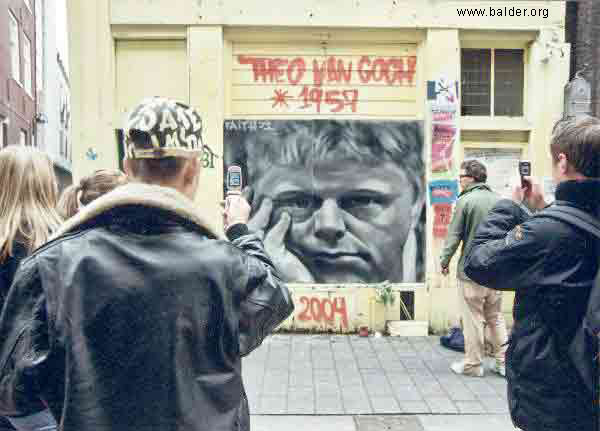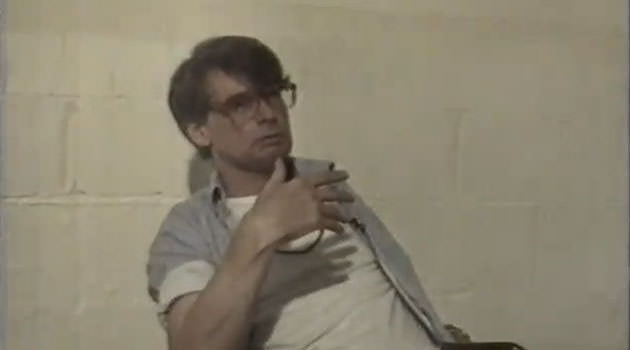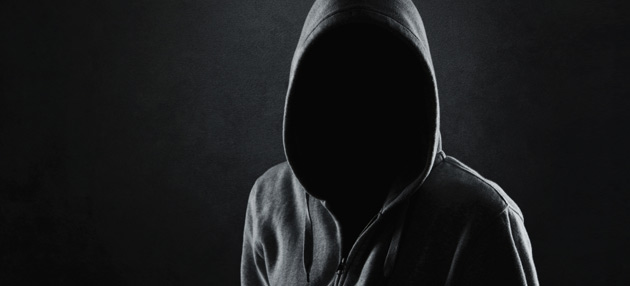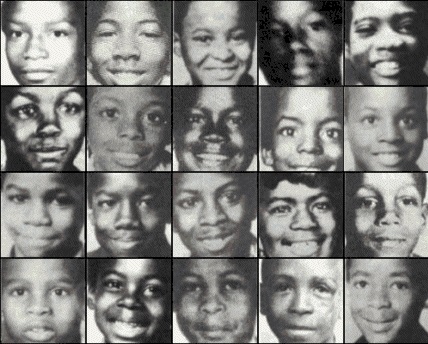Theo Van Gogh, was a prominent film director, journalist, author, producer and actor, but what was most significant among the things he did and what finally got him slayed was his advocacy of free speech, and his fearless and rather abrasive practice of the same. After all, the world is not exactly as tolerant a place as he and most of us would like it to be. He was outspoken and used the media as a platform to put across his controversial views about society, politics and religion. He was scathingly critical of Judaism and Christianity, and expressed his views with characteristic frankness, which did not go well down with many people but also brought him under national focus in the Netherlands. However, it was the Muslim community that drew the greatest and the most offensive flak from Gogh. Once he got so agitated that he went ahead and without hesitation likened Dutch Muslim immigrants with “goat f-kers.”
Certainly, it was not taken kindly by the Muslim community, but what raised their anger to an unprecedented high was a television film made by Van Gogh and Ayaan Hirsi Ali, a politician – Submission .
With four partially nude women wearing dark transparent veils and texts from the Holy Koran written on their bare skin in calligraphy, the film could not have gone down well with the Muslim community. A few of the women had very visible whip marks on their skin over their back and legs, where the text from the Holy Koran describing punishment for ‘disobedient women’ was written. The 10-minute film was telecast on Dutch television on April 29, 2004, and, unsurprisingly, sparked massive backlash from the Muslim community. Following the release of Submission , Theo began receiving death threats, which led him to consider hiring bodyguards to ensure his physical safety. However, he did not take the threats very seriously.
 A few months later, on November 2, 2004, at around 8:45 in the morning, a man wearing a traditional Moroccan “djelleba” attacked Theo while he was riding his bicycle to work. He was stabbed multiple times in the chest. Theo did manage to cross somehow carry himself to the other side of the street despite being grievously injured. But his attacker caught up with him and stabbed and shot him again before slitting his throat with a butcher knife. Theo was callously butchered on a relatively busy street of Central Amsterdam. However, before leaving Theo, the attacker sent the knife into his chest pinning a letter with it.
A few months later, on November 2, 2004, at around 8:45 in the morning, a man wearing a traditional Moroccan “djelleba” attacked Theo while he was riding his bicycle to work. He was stabbed multiple times in the chest. Theo did manage to cross somehow carry himself to the other side of the street despite being grievously injured. But his attacker caught up with him and stabbed and shot him again before slitting his throat with a butcher knife. Theo was callously butchered on a relatively busy street of Central Amsterdam. However, before leaving Theo, the attacker sent the knife into his chest pinning a letter with it.
After slaying Theo, the killer took off and ran to the Oosterpark nearby. The police had already arrived at the scene and after a brief exchange of fire that left a police officer and an eyewitness injured, the attacker tried to run, but was shot in the leg, after which he could run no further and was immediately apprehended. He was taken to the hospital so that his wound could be attended to.
The man was 26-year-old Mohammed Bouyeri, an Islamic extremist. He was Dutch and Moroccan by nationality. He was motivated to kill Theo by ‘ Submission’ coupled with his strong, general dislike for the anti-Islamic ways of the western world.
The 5-page letter that Bouyeri had left with the body of his victim threatened Dutch MP Ayaan Hirsi Ali, who had written the script for ‘ Submission ‘, and had been very proactively involved in protests against the cruelties that, in her opinion, Islam sanctioned against women. She was often accused of misunderstanding and misrepresenting the teachings of Islam. Bouyeri’s letter also mentioned several other political figures of the Netherlands, including the Amsterdam Mayor Job Cohen and Liberal Parliamentary speaker Jozias van Artsen.
The Killing of Gogh infuriated the people, and Dutch citizens throughout the Netherlands took to the streets with some 20,000 gathereing in Central Amsterdam’s Dam Square to pay tribute to Theo, and demonstrate solidarity for freedom of speech. They just made noise by “horns, drums, pots and pans and anything that could generate a ‘racket,'” simply to make the point that they were not ready to be silenced by threats of violence. And after the seven-minute of noise, a two-minute vigil of silence was observed. The large number in which the people turned up was the proof that they took free speech very seriously, and were not ready to just let go of it.
The killer, Mohammed Bouyeri, on the other hand, was a good student as a child, but later got disinterested in studies and though he entered a higher-education technical institute in Diemen, south of Amsterdam, and started studying business and IT, but after a few years of studies he dropped out having failed to obtain a degree. After dropping out he spent a lot of time on the streets of Amsterdam. The September 11, 2001 attack on the United States that brought WTC down had a profound impact on him compounded by his mother’s death from cancer in 2002.
Bouyeri turned to religion, started distancing himself from work and his work colleagues and forged new friendships with people who held extremist views, one of whom was Samir Azzouz, 18, an Islamic fundamentalist who was arrested in the Netherlands on the charges of attempting to bomb Amsterdam’s Schiphol Airport and the Dutch Parliament. Bouyeri was getting close to the Islamic extremists on the watch-list of the government yet he himself never came to be monitored by the government, despite being close friends with those whom the government considered dangerous. And then Gogh’s film sent Bouyeri over the edge.
 In the weeks following Theo’s killing, a number of violent incidents took place, mostly incidents of vandalism and arson against properties owned by the Muslims. One of the more damaging ones was the bombing of an Islamic primary school in the town of Eindhoven.
In the weeks following Theo’s killing, a number of violent incidents took place, mostly incidents of vandalism and arson against properties owned by the Muslims. One of the more damaging ones was the bombing of an Islamic primary school in the town of Eindhoven.
In reaction to such attacks an attempt was made to set two Dutch Protestant churches in Utrecht and Amersfort on fire, and a fundamentalist group called ‘al-Tawahid’ also threatened if the attacks against the Muslims did not stop and also demanded that no such television programs that projected Muslims as terrorists be televised. And if the Dutch government failed in meeting the demands, the group threatened terror strikes, Radio Netherlands reported on November 8, 2004.
On July 11, 2005, Bouyeri’s trial commenced. The case was being seen as a test case for the anti-terrorism laws being introduced across Europe. The Financial Times said, “Since the September, 11 2001 attacks on the US, the Dutch authorities have been given the power to arrest people on suspicion of intent to commit a terrorist act and to charge suspects for conspiracy or belonging to a group with terrorist intentions. Courts can also consider previously inadmissible evidence gathered by intelligence agencies from anonymous sources.”
On July 26, 2005, Bouyeri’s trial concluded with a three judge panel holding him guilty for the murder of Theo Van Gogh, and while sentencing presiding judge Udo Willem Bentinck said, “The terrorist attack on Theo Van Gogh has unleashed feelings of great fear and insecurity in society….there is only one fitting punishment in this case and that is a life sentence.” Bouyeri was thus sentenced to life in prison, which is the sternest punishment possible under Dutch law. Bouyeri remained quiet and displayed no emotions, no remorse before, during or after the sentencing.
Originally written for and published in LAWYERS UPDATE as ‘Crime File’ in May 2012.






